Doctor Sapena, 54 6B
03013 – Alicante
674 642 653
Avenida del Mediterraneo 3, bajo
03503 – Benidorm
674 642 653
HLA San Carlos
03700 – Dénia
674 642 653
Doctor Sapena, 54 6B
03013 – Alicante
674 642 653
Avenida del Mediterraneo 3, bajo
03503 – Benidorm
674 642 653
HLA San Carlos
03700 – Dénia
674 642 653
The sagging of the breasts is a natural process very related to your age, secondly if you breast fed for a long time or simply from the size and weight of the breasts. The more volume a woman has in her breasts, the more affected by gravity they will be and so, in time the more they will sag.
In general the more volume you have or the more time you breast fed for, the more they will sag. When you gain weight and loose weight, in general they will sag more. The breasts stretch, the ligaments that hold the weight grow finer and more fragile. So the breasts sag.
Any breast can be lifted. No matter how much they have dropped or the weight they have. A simple form is to just remove the excess skin and whats inside the breast, the glandular tissue, put it in its place, anchor the muscle so it doesnt sag. This would be the denominated breast lift without implants. In the case that the breast is large and heavy, we could also do a small reduction at the same time. Our surgeons will advise of whats best for you.
On the other hand, you could have a breast lift only with implants, to say, using an implant so that the areola lifts, it also fills the space in the gland and the tissue of the breast, that has wasted away and disappeared, after breastfeeding or weight loss. They are empty breasts, with very little excess skin.However if the are very dropped or there is a lot of excess skin, this technique may not be the answer.
The last option is a combination of the two. Remove the excess skin, anchor the gland and fit an implant to give us more volume. This surgery is called breast lift with implants.
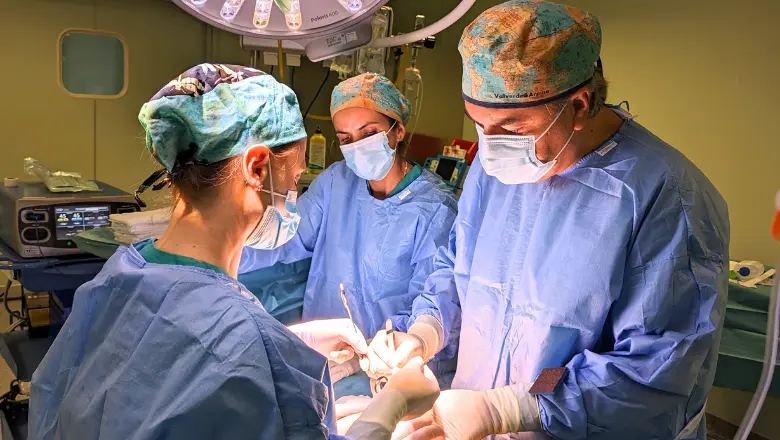
The mission of a breast lift is to obtain higher breasts, but also firmer breasts. The result is not just that the breasts are higher, but also firmer, a more beautiful and harmonic figure to give a much better quality of life.
1-3 hours depending on the technique applied.
24 hours
15 days. If you have a physical job, one month.
After 4 weeks from the surgery you can start light exercise. After 3 months for any kind of sport.
Around the areola, from the areola to the fold and also along the fold. With Urgotouch laser we can obtain better results.
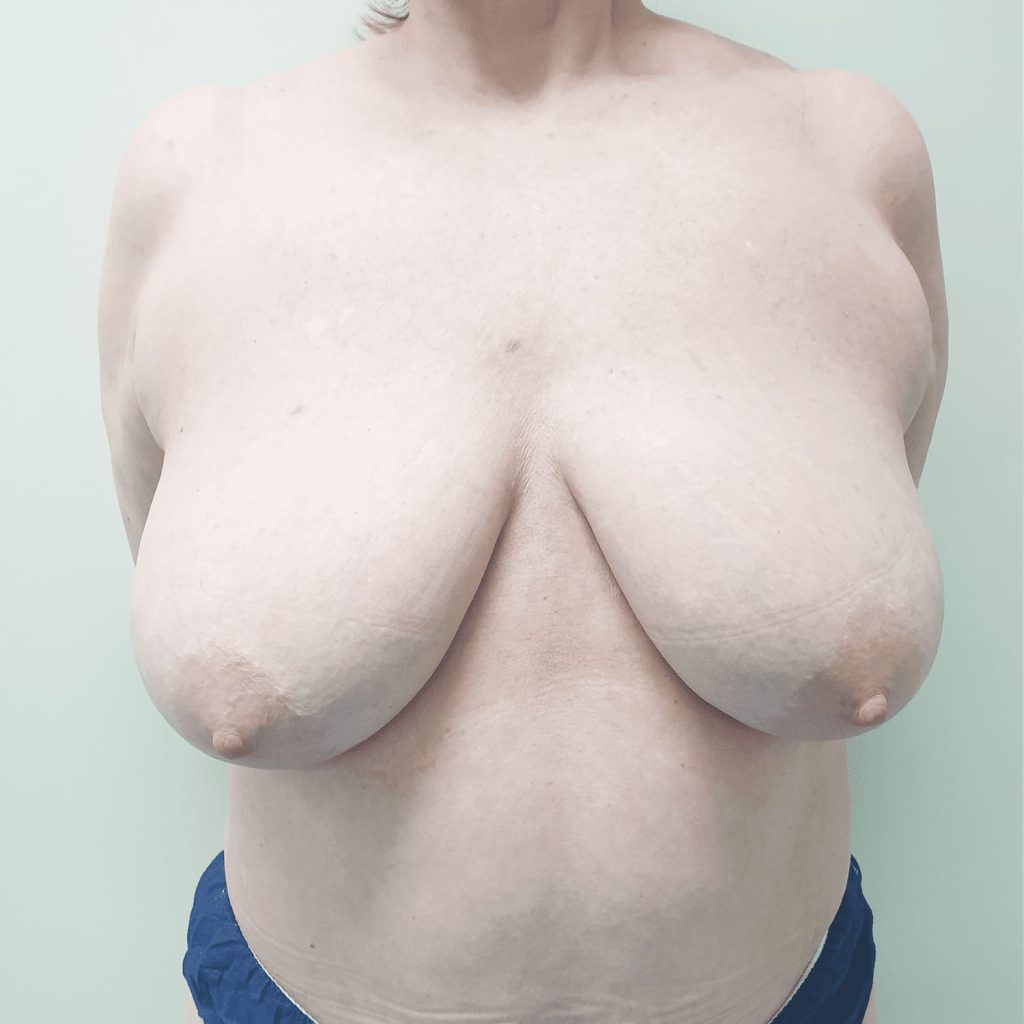
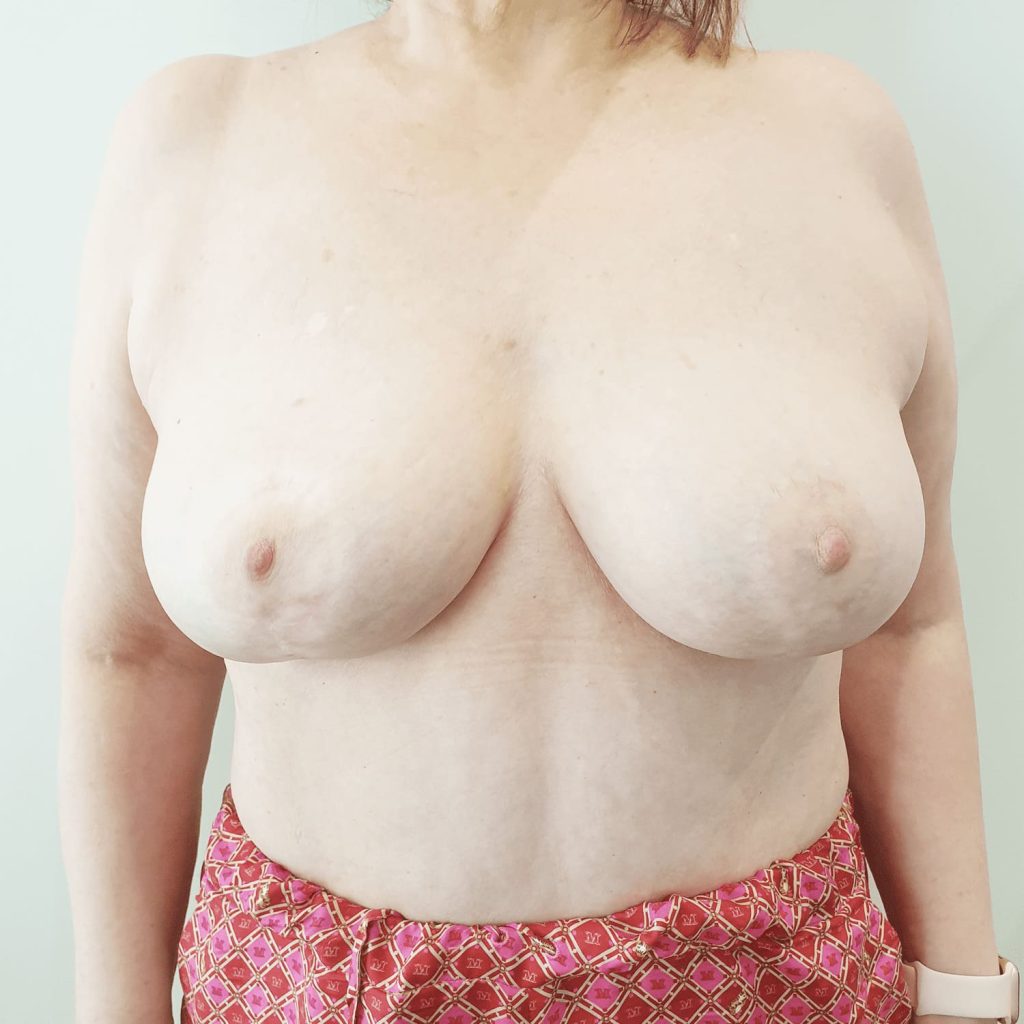
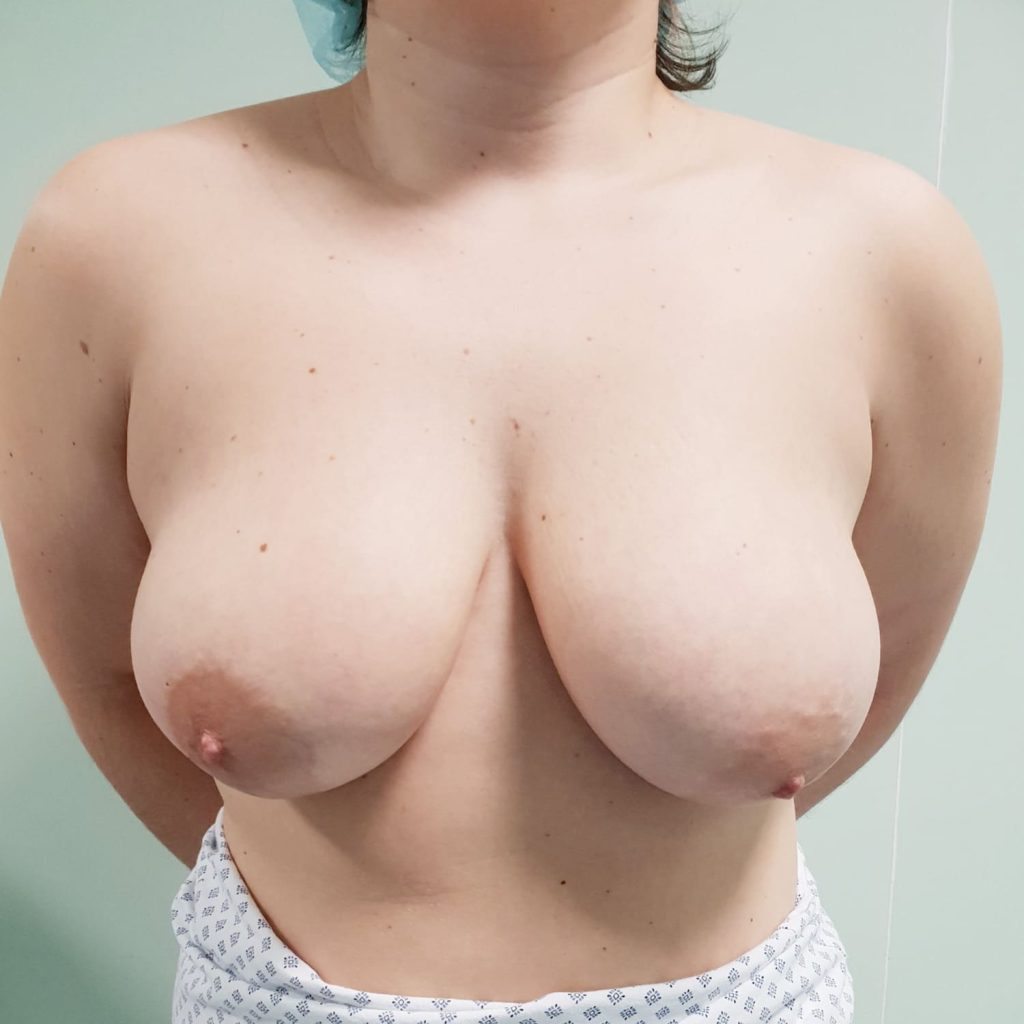
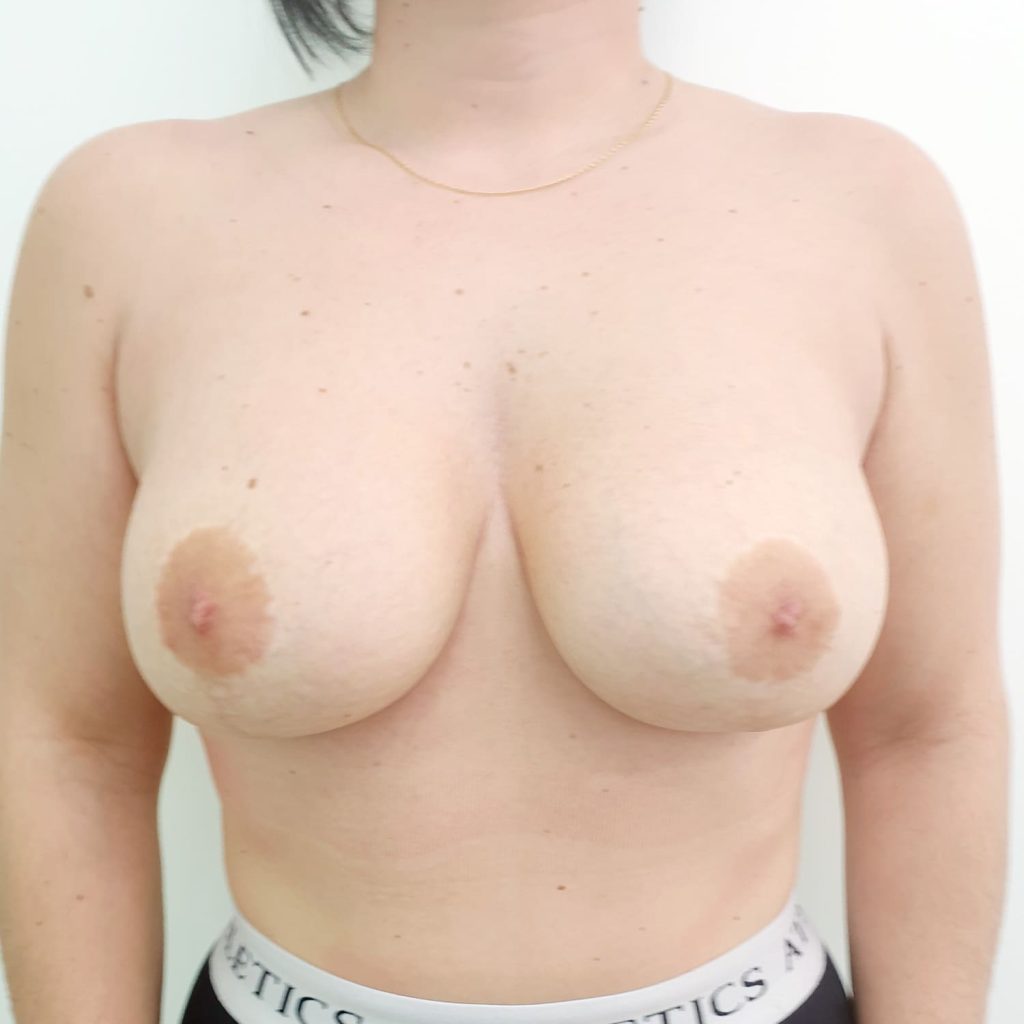
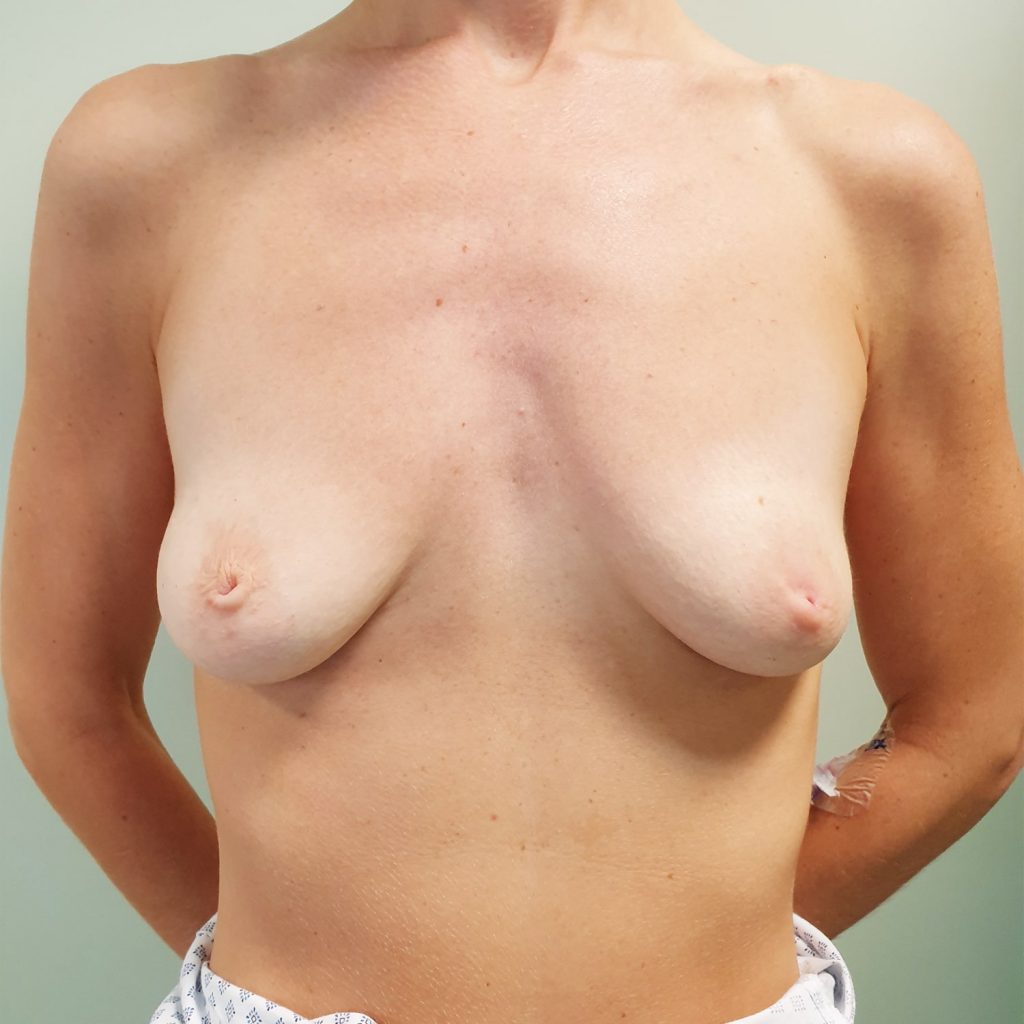
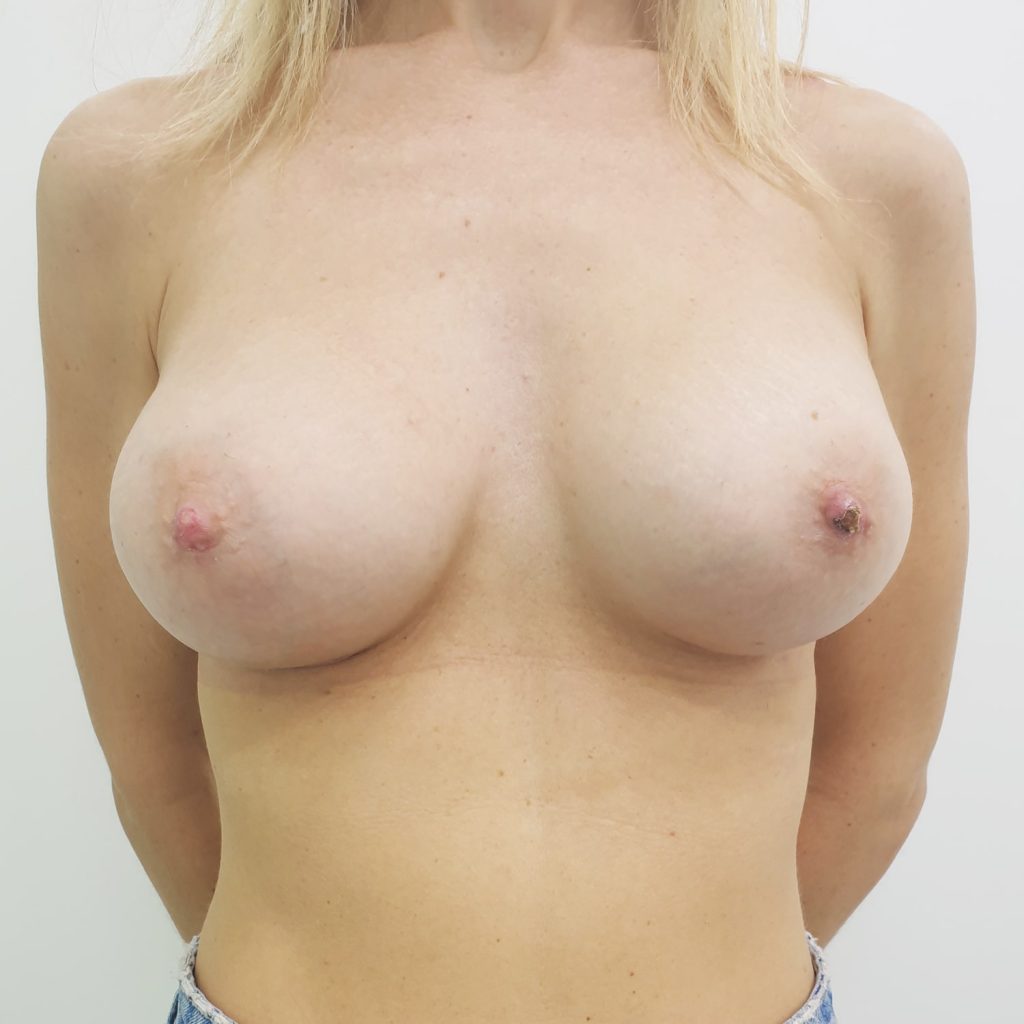
You need 15 days of rest so the scars are strong enough to brace an active life. If your job requires a lot of movement,we recommend to wait for a month after surgery before returning to work.
You can carry out exercise and lift heavy objects one month after surgery. If you can, I would recommend to not lift weights in the gym as this implies the use of the pectoral muscles, until at least a month and a half has passed.
You can travel no problem by plane after the surgery.
This is not a problem. You can have children and breast feed, if you wish, in the majority of the cases. In some patients they can produce a certain reduction in the capacity to breastfeed due to the surgical technique used.
We recommend that you use a sports bra during the first month after surgery. After this, and until 3 months after surgery, we recommend any bra, but without underwire. From your third month revisión you can wear any bra that you wish.
The scars on the breasts are inevitable. Many of them cant be seen as they are in the fold of the breast or coincide with the areola. Anyhow, we have available the Urgotouch laser which used during the surgery so that the scars are less visible.
Growing older means we age and the chest over the years, can sag again. Pregnancies and breastfeeding can cause this too. If you gain alot of weight, or loose a lot of weight, they can sag again. A breast lift doesnt last forever, but it does last many years.Its important to say, that if implants are used it means that the result lasts for less time.
In general we recommend that any surgical intervention be from 18 years of age. In some cases, due to the psycological effects, the intervention could be from 16 years of age, with parental consent from both or one of the parents/tutors.
At the first consultation, which is free and non compromisal, you will speak with our doctors. They will ask a few questions about basic health background and you can comment about what type of result you would like, what type of chest you are looking for. They will explain the surgical technique, the types of implants, the risks, the benefits and the costs. This consultation, can be in person or by video phonecall. You are in no way obliged, nor pressured, to fulfill the surgery after this informative consultation. Our team of surgeons will be happy to answer any questions you may have.
The breast lift surgery, is an intervention done under general aneasthetic and requires one nights stay in the hospital. You will be given a room upon arrival and then you will be taken to the operating theatre, where our doctors will speak with you and respond to any last minute questions. You will meet the rest of the surgical team, nurses, auxiliares etc. Photos and a video will be taken. We will mark the anatomy areas to be treated, they will explain once again where the incisions will be made. You will be given aneasthesia so there is no pain from the operated areas during your hospital stay. The organised incisions will be made and the breast lift done as planned.Once the hemostasis is done, the wound is closed. At this time we can use the laser Urgotouch so that the scar is less visible. The stitches are dissolvable so they do not need to be removed. Its usual for drainage to be fitted. You will leave the operating theatre with a compressive bandage so that your breasts inflame the least possible.
You will be accompanied by our team at all times, during your recuperation. You will have the compressive bandage as placed after the surgery which we will change at the next consultation, three or four days after surgery, and we will supply you with a sports bra which will need to be worn for the first month. You will need to take antibiotics and painkillers. Its normal that you may have some bruising which will disappear with the recommendations that we will give you. Our surgeons will tell you, how long before you can return to work. Also, when you can return to exercising or when you can drive again. Its better not to smoke until a few weeks have passed, as tobacco causes the scarring to take longer. The bruises and inflammation will reduce and after a couple of weeks you will see the final result. You will always have a contact telephone number, so you can call if you need anything, also in English.
All of the check ups until given the all clear, are included in your quote. The patients return to our clinic 3-4 days after surgery, once discharged from the hospital. The next visit is a week after surgery, two weeks after, one month later, at three months and then finally at six months later and anything else you may need until the all clear is given. All of the check ups and cures are done by our plastic surgeons. The will dedicate all of the time necessary for you to feel comfortable and guided at all times. You will have the use of a telephone number to contact us with anything you need, also in English. If its the case that you are in another country, the frequency of the check ups is exactly the same, but obviously they will be done telematically.
All plastic surgery is destined to improve how the patient sees themselves. The patients will feel better, after seeing the improvement. It will lift their self-esteem. Their self-confidence also. If you feel better about yourself, others will notice this and you will enter a positive spiral to want to look after yoursel more, to be healthier. All this results in a greater mental health. After many years and thousands of patients, we can say, that this will also happen with you.
Our clinics are in Alicante, Benidorm and Denia. Here you can talk about costs, the possibility to finance and any other questions you may have.
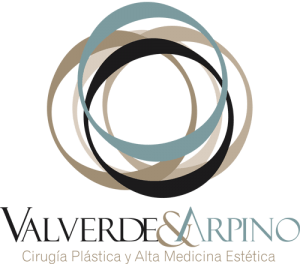
This website uses cookies so that we can provide you with the best user experience possible. Cookie information is stored in your browser and performs functions such as recognising you when you return to our website and helping our team to understand which sections of the website you find most interesting and useful.
Strictly Necessary Cookie should be enabled at all times so that we can save your preferences for cookie settings.